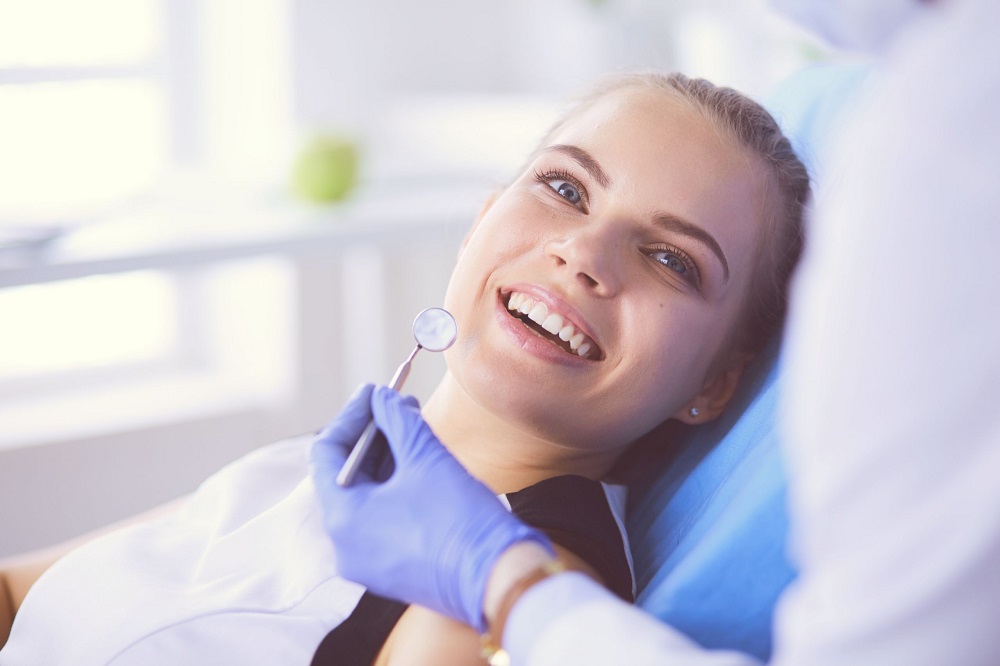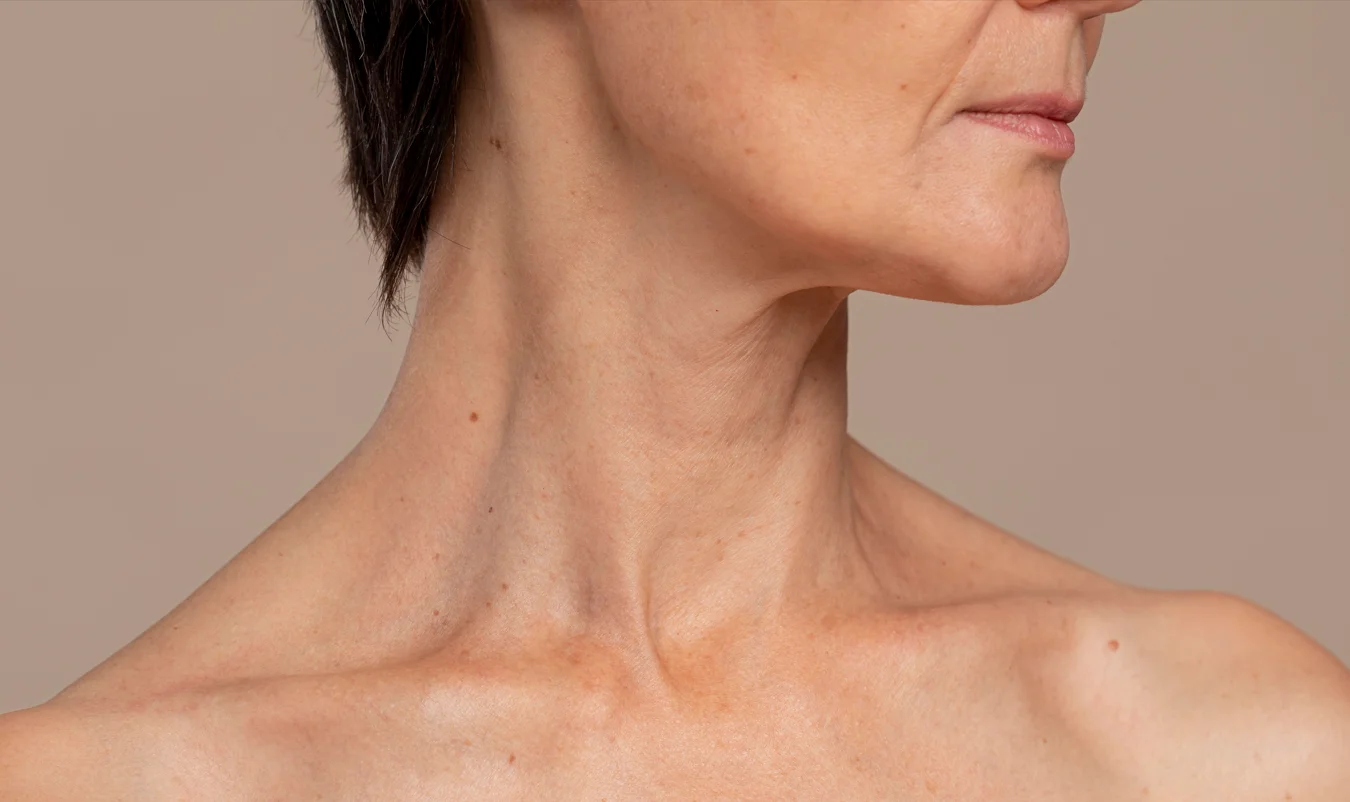
The use of platelet-rich plasma is getting popular among medical professionals from many fields such as cosmetology, orthopedics, and even dentistry. The use of autologous plasma makes this procedure a relatively safe one unless it is contraindicated due to a patient’s underlying medical condition.
Many dental practices are now looking to employ phlebotomists because of the promising benefits that the PRP therapy provides when injected locally at the surgical sites.
If you are a dental professional who is looking to expand your area of expertise by using PRP therapy for the benefit of your patients, you should look forward to joining various online PRP courses offered by Dr. Renat Akhermov’s Plasmolifting Technologies. You can learn from the modules and hands-on training courses the most effective ways of utilizing plasmolifting in various maxillofacial surgical procedures including Implantology.
PRP therapy and its procedure
This therapy uses the highly concentrated platelet-rich plasma extracted from the patient’s blood. There are many growth factors in this plasma, which when injected at the surgical site promote renewal and healing at the site while reducing the recovery time by a substantial amount.
To obtain the platelet-rich plasma,
- A small of the patient’s blood is collected in specialized PRP tubes containing a thixotropic gel.
- These tubes are placed in a centrifuge machine to separate platelets from other blood components.
- The extracted plasma concentrate rich in platelets is then injected either in its liquid form or as a gel at the surgical site.
This plasma is a natural anticoagulant-free blood component with high level of growth factors and platelets and is used to promote bone regeneration and wound healing in various dental procedures such as:
- Bone grafting
- Ridge augmentation
- Cleft lip surgeries
- Dental implants placements
- Sinus lifts, etc.
Dentists need to employ phlebotomists for this particular procedure as drawing blood is not included in dental training programs. A phlebotomist will ensure that the procedure is completed with minimal blood draw while keeping the patient calm and also manage any complications that might arise during this process.
Some of the advantages of PRP therapy in dentistry are:
- Reduces post-operative pain.
- Improves bone healing and formation at the site of extraction.
- According to evidence, PRP is more effective in the regeneration of soft tissues.
- Reduces post-operative bleeding and thus, shortens the recovery time so that you can get back to regular activity sooner.
The clinical data is insufficient currently for receiving FDA approval, yet for some therapeutic procedures, it has got legal approval. One disadvantage with PRP therapy is that it is not included in insurance policies because of a lack of FDA approval. Therefore, patients have to pay from their pockets for a very expensive procedure.
Although, PRP therapy is not yet approved by FDA its promising benefits have made it popular among medical professionals to use it as an off-label therapy. It is a shorter procedure and because it uses autologous plasma, it is much safer as the patient is not exposed to foreign antigens.




